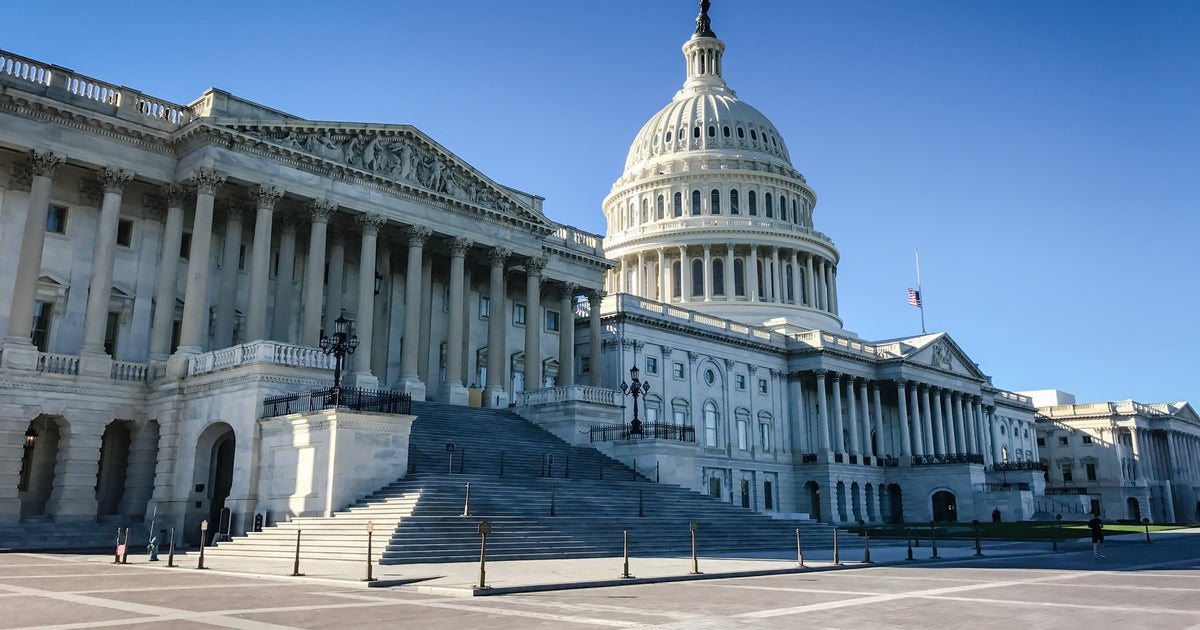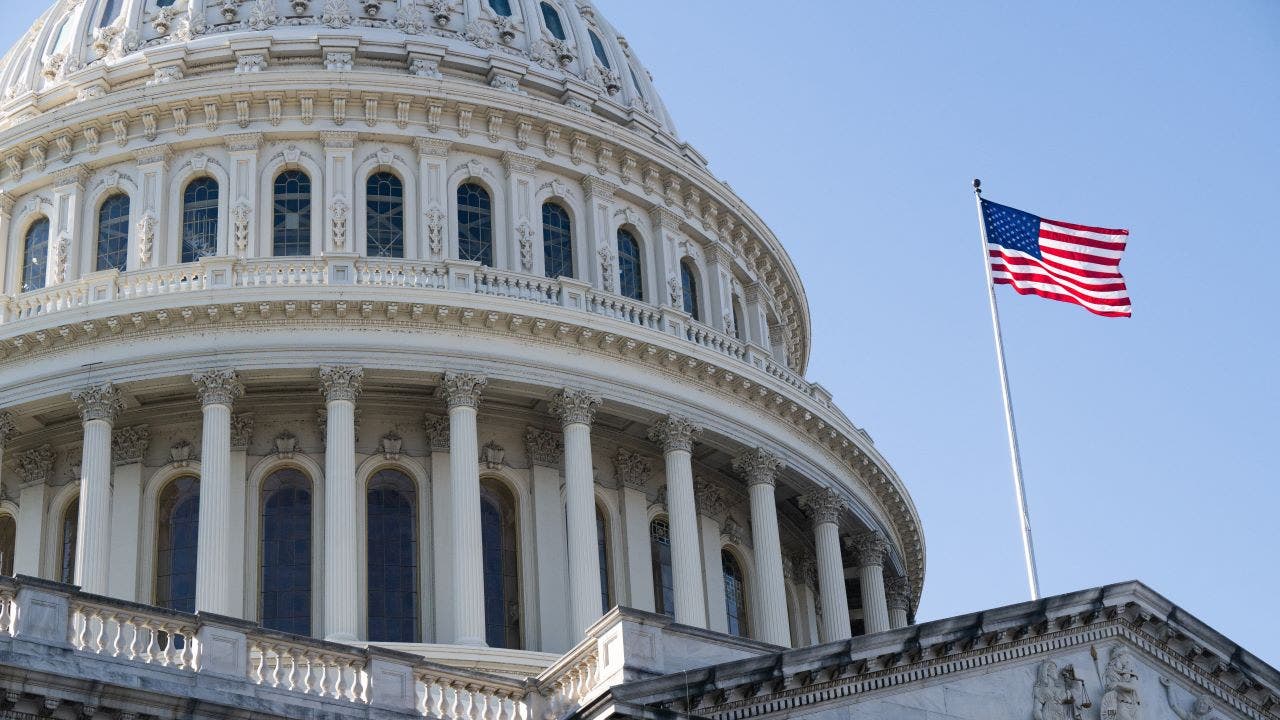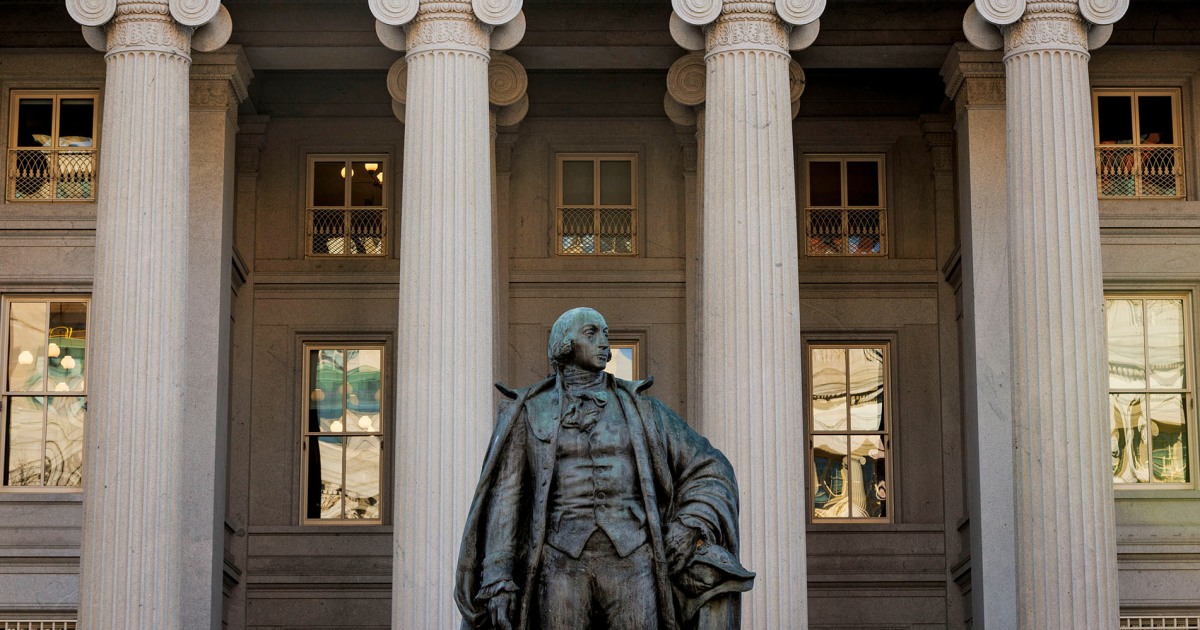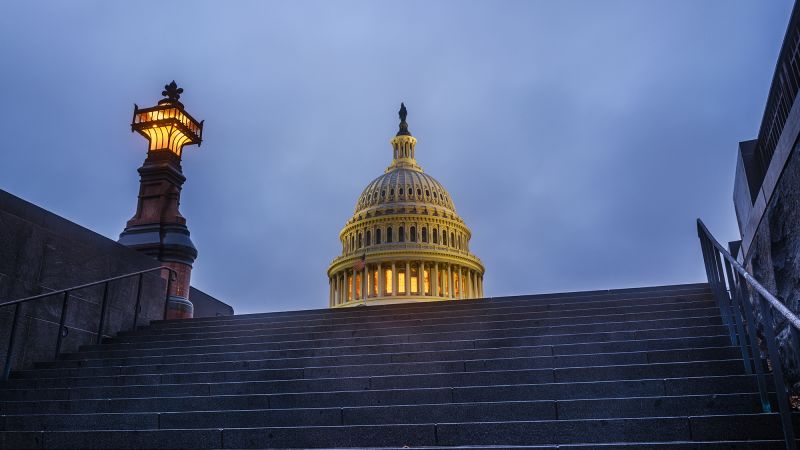Moody's Downgrades U.S. Credit Rating, Citing Rising Debt and Political Gridlock
Moody's has downgraded the U.S. credit rating from Aaa to Aa1, highlighting increasing federal deficits and a failure to address rising debt.
Subscribe to unlock this story
We really don't like cutting you off, but you've reached your monthly limit. At just $5/month, subscriptions are how we keep this project going. Start your free 7-day trial today!
Get StartedHave an account? Sign in
Overview
Moody's Ratings downgraded the U.S. credit rating from Aaa to Aa1, citing repeated failures of successive administrations to manage rising debt and fiscal deficits. The agency forecasts federal deficits could reach 9% of GDP by 2035, increased largely by interest payments and entitlement spending. Despite this, Moody's states the U.S. retains strong credit strengths. This downgrade follows similar actions from major rating agencies in previous years. Political gridlock remains a barrier as House Republicans failed to pass significant tax cuts and spending reforms, with a lack of consensus on addressing the growing deficit challenges.
Report issue

Read both sides in 5 minutes each day
Analysis
- Moody's downgraded the U.S. credit rating from Aaa to Aa1 due to concerns about growing government debt and deficits, which are now projected to reach nearly 9% of GDP by 2035, up from 6.4% in 2024.
- The downgrade reflects a broader inability of successive U.S. administrations and Congress to address the rising fiscal deficit, amidst ongoing political gridlock over tax cuts and spending reductions.
- Despite the downgrade, Moody's maintains that the U.S. retains strong credit strengths, including the resilience of its economy and the stability provided by an independent Federal Reserve.
Articles (13)
Center (6)
FAQ
The downgrade was primarily due to the increasing U.S. government debt and interest payment ratios, which have risen significantly over the past decade. This is compounded by a lack of effective fiscal measures to address these deficits.
Moody's is the last of the three major credit rating agencies to downgrade U.S. government debt, following similar actions by Standard & Poor's in 2011 and Fitch in 2023.
Moody's forecasts that federal deficits could reach nearly 9% of GDP by 2035, driven by increased interest payments and entitlement spending.
History
- 6M

 5 articles
5 articles











